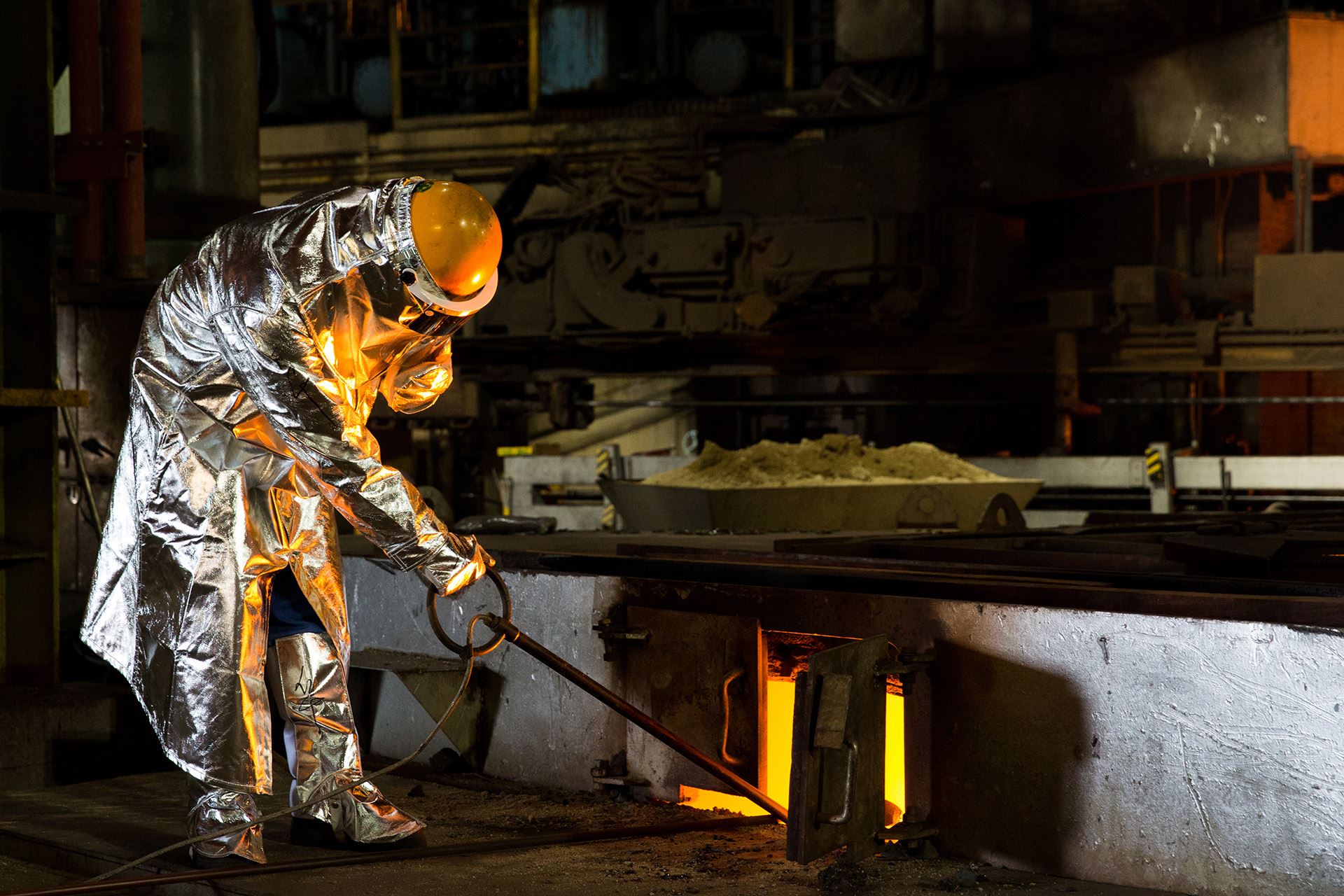China's leading steelmakers may need to reduce crude steel production by 21.42 to 23.47 million tonnes by the end of 2025 to comply with the newly announced carbon reduction action plan. According to estimates, this reduction is intended to contribute to the country's goals of reaching carbon peak by 2030 and carbon neutrality by 2060.
The action plan announced by the State Council envisages saving energy equivalent to 20 million tons of standard coal for the steel industry and reducing carbon dioxide emissions by approximately 53 million tons in the 2024-2025 period. The plan also states that energy consumption per unit product should be reduced by more than 1% through blast furnace-basic oxygen furnace (BF-BOF).
China's Ministry of Industry and Information Technology (MIIT) sets energy consumption standards for the steel industry, emphasizing that comprehensive steel energy consumption in normal BF iron production should not exceed 400 kg of standard coal equivalent per ton. Likewise, for regular BOF steelmaking process, this limit should be equivalent to 180 kg of standard coal.
According to calculations, steel energy consumption per unit product through the BF-BOF route should be reduced by more than 1% by the end of 2025, indicating that Chinese steel producers must make a certain reduction in production quantities. These measures aim to increase the energy efficiency of the steel industry and reduce its carbon footprint.
These carbon reduction plans by China could significantly impact global steel production and carbon dioxide emissions, while leading to major changes and improvements for players in the industry.









Comments
No comment yet.